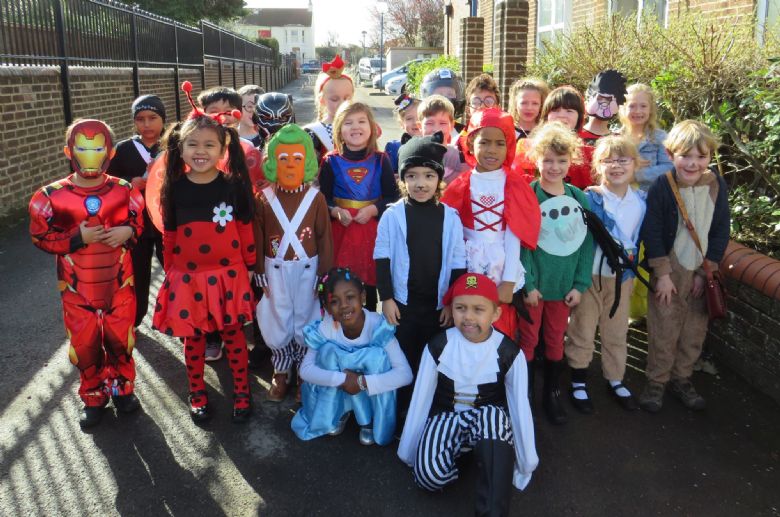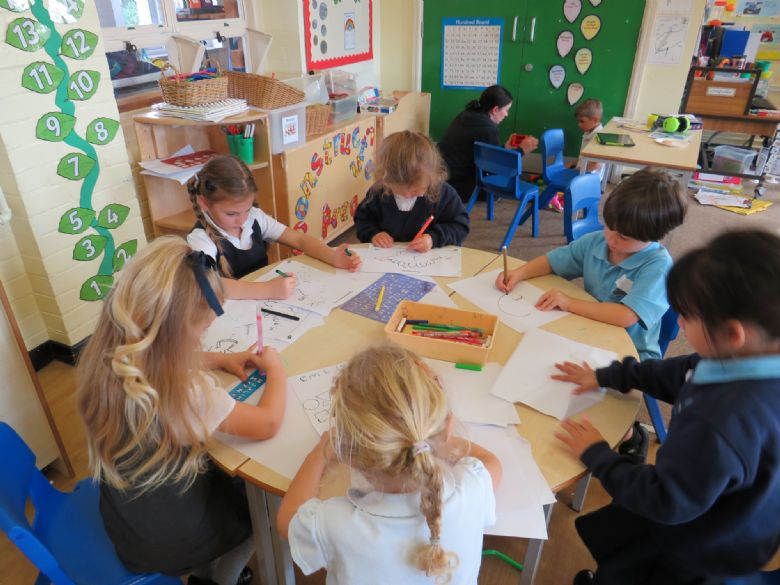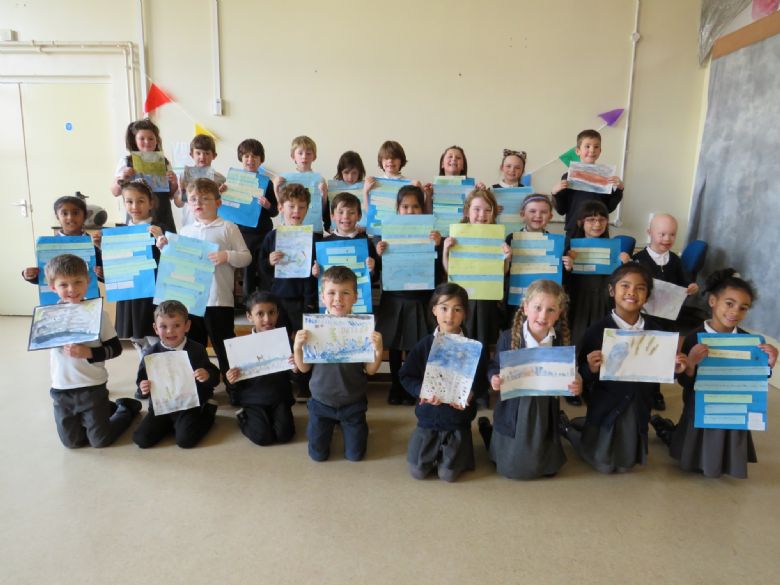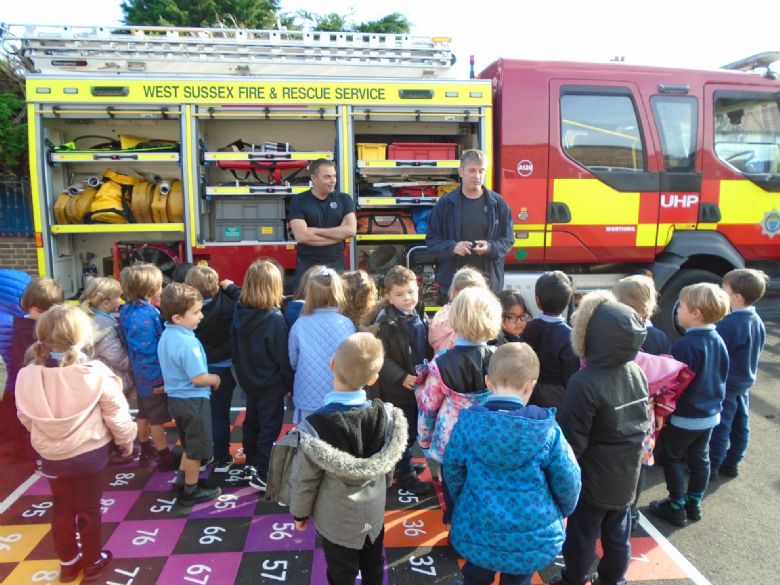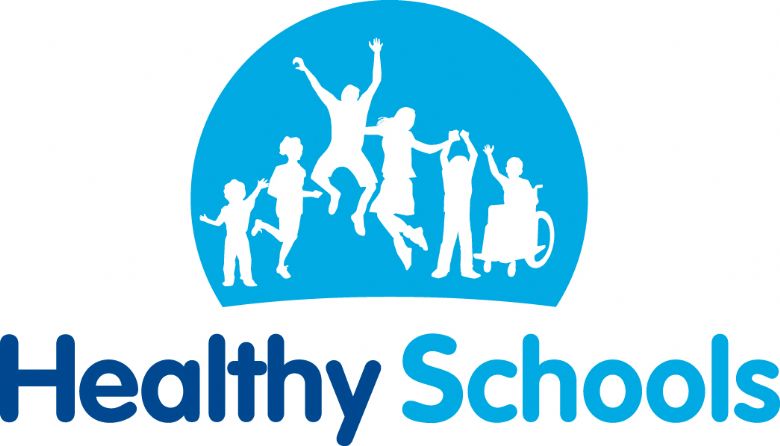Reading
The National Curriculum highlights the importance of children using phonetically decodable texts. At Lyndhurst we use books from a variety of schemes that are closely matched to children's phonic ability, according to the Little Wandle criteria. All children at Lyndhurst Infant School are provided with their own personal 'e-collins' login so they can access the Little Wandle phonics books from home.
They will also visit the school library every fortnight to help develop their interest in reading and foster a love of books!
Top Tips for Reading:
- Give lots of praise for effort as well as for success.
- Make sharing a book a pleasant experience – curl up in a comfortable place, relax, don’t rush onto the next page.
- When you read with your child, sometimes follow along the print with your finger, pointing to each word separately as you say it.
- When the text has repeating phrases, one or both of you point and say each word together.
- Read alternate pages, especially if your child is struggling.
- Read the story first then read it again together, or let your child read or tell the story back to you.
- Read the back of the book to your child to get an idea about the story before you begin it. Look at and discuss the pictures, then go back to the start and read the text next time through.
- Read lots of environmental print together – food packaging, signs on hoardings, on buses, road signs, shop names and signs, etc.
- Play I-spy and lots of letter and word matching games together.
- Fill in a word that your child is stuck on, and come back to it later to help them remember it.
- ‘Lets share a book together’ is better than ‘Come and read to me’
- Just let them listen to you read on a regular basis. It takes the pressure off them and gives them time to continue enjoying a story.
Comprehension tips
- Hold a conversation and discuss what your child has read. Ask your child probing questions about the book and connect the events to his or her own life. For example, say "I wonder why that girl did that?" or "How do you think he felt? Why?" and "So, what lesson can we learn here?"
- Help your child make connections between what he or she reads and similar experiences he has felt, saw in a movie, or read in another book.
- Help your child monitor his or her understanding. Teach her to continually ask herself whether she understands what she's reading.
- Help your child go back to the text to support his or her answers.
- Discuss the meanings of unknown words, both those he reads and those he hears.
- Read material in short sections, making sure your child understands each step of the way.
- Discuss what your child has learned from reading informational text such as a science or history book.
If you need any further advice on how to support your child with their reading at home, please speak to your child's class teacher.





